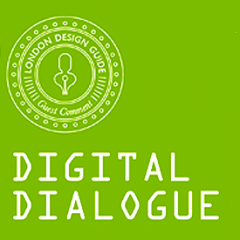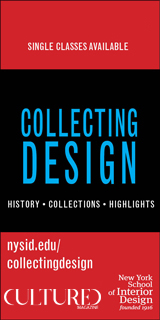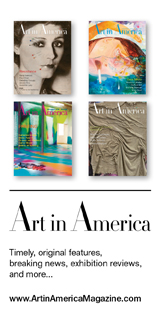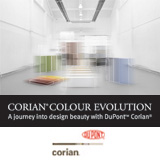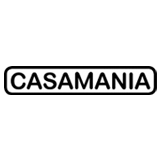Digital Dialogue
by Gillian Russell for London Design Guide 2010
‘One half of the world does not know how the other half lives,’ Jacob A Riis reminded us, referring to the rampant issues of economic divide in America in the 1880s. Years later this very same statement can be applied to the context of design. Up until the advent of the Internet it would seem that design discourse and debate were predominantly reserved for members of the design world, leaving the general public unaware of the greater meanings of the objects they confronted regularly in their day-to-day lives.
Although design itself has long been intended for the masses, the discourse surrounding its contexts, intentions and values has not. Before the introduction of the Internet, aesthetics, price and functionality were our only considerations when trying to understand design. Even if one hoped to learn more, the resources were not available. Design discourse was seen as belonging to the classroom and the studio, and not open to the public’s perception.
The past decade has brought about many changes in the way the subject is disseminated. Today the rules that govern our understanding of design have shifted. Characterised by a series of exemplary manifestations – blogs, wikis, ’zines and social networking sites – Web 2.0 has cultivated a culture of participation and engagement, where the creative process of knowing is extended to the ‘other half ’ – or at least those with access to the Internet.
Thanks to this information revolution, design now sits in a new paradigm driven by accessibility, communication and collaboration. Today’s design supports open interaction and knowledge exchange. It invites individuals to participate in the creation and enhancement of their experiences and understand it in ways never before imagined. In this technological arena, typified by the international free exchange of trade and ideas, the vocabulary of the design language is changing. While promoting the construction of new narrative forms, the Internet has offered the design world the potential to engage in a dialogue, exchange and collaboration with people beyond the capitals of design.
This burgeoning online world has brought with it a new means of representing manufactured goods. Our knowledge is no longer constrained simply to functionality
and aesthetics. Rather, it has broadened to include cultural values, contextual specificities and social accountability. This is not to say that aesthetics and functionality are without significance in this day and age. Yet, in order for these qualities to remain relevant in our society as a whole, it is crucial to develop a discourse that encompasses a more comprehensive understanding of design’s various meanings, values, intentions and implications. As technology advances and web platforms improve, we will see this shift in the evolution of design consciousness grow. However, as the Internet continues to play a larger role in the dissemination of design, the need for a critical examination of the nature of communication will grow as well.
Undoubtedly there is a need for new perceptions and dialogues with design. Nevertheless, our current relationship to online technology – while encouraging participation and collaboration – is still lacking a thorough and ordered approach to critical discourse. As the public embraces its newfound voice, we must begin to encourage a dialogue founded on deeper understandings. To a large extent, while improving accessibility to design and design discourse, these virtual spaces have continued to promote a descriptive commentary – based mainly on mundane observations and superficial drivel – rather than creating a strategy for critical exchange. If we truly wish to develop a collective design consciousness, we need to focus on creating a discursive space for design, while building up our critical discourse around the discipline – a discourse with the ability to foster far deeper and more meaningful dialogues than ever before.
Digital Dialogues by Gillian Russell is an extract from LONDON DESIGN GUIDE 2010






